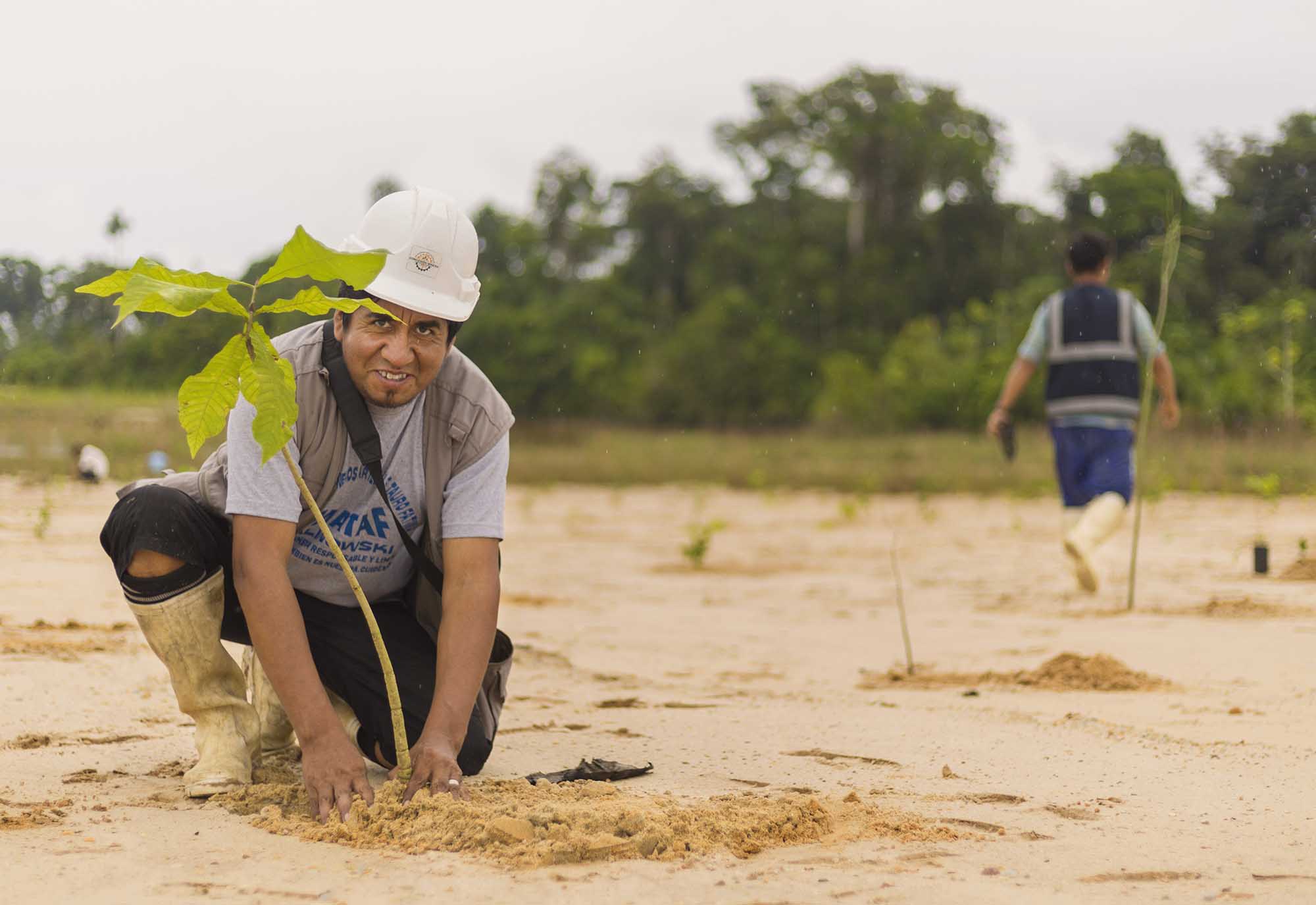
A socially-distanced workshop in lead-free techniques with artisanal potters in Mexico.
At Pure Earth, we’ve defined 2020-2030 as the decade of delivering pollution solutions. Guided by CEO Richard Fuller and our new President and COO Mark Schnellbaecher, we’ve put together a ten-year strategic plan that builds upon 20 years of experience tackling disease-causing pollution in 24 countries.
Going forward, Pure Earth will continue to protect millions of children by focusing on two of the most dangerous neurotoxins–lead and mercury–that not only cause permanent brain damage in more than 1/3 of the world’s children, but also damage fragile ecosystems, and contaminate the food and products we all buy and consume.
In 2020, we kicked off this new focus by launching a major global partnership addressing the lead crisis, and releasing a groundbreaking report, all while adapting to COVID restrictions to keep our work going safely in communities around the world. Here are highlights of some of the projects we launched or completed during this unusual year, which will take us into the decade ahead.
Working Through A Year like No Other

Providing some essential supplies to help communities during COVID in Colombia
As countries around the world began to take measures to stem the spread of the pandemic, Pure Earth’s projects in the field took a pause, but staff continued their work from home, keeping in contact with local government and project partners, and pushing forward planning for cleanups. Our global offices also pivoted to help get food and other essentials to communities in need in the early days of the crisis.
Throughout the year we made adjustments to move outreach to digital platforms where possible.
The Pure Earth Mexico team, for example, organized a pottery-for-used-mobile-phone exchange. The purpose was to get smartphones into the hands of women artisans as part of an effort to empower women potters to go lead free and grow their enterprise. To replace in-person training, the team delivered educational modules in small audio files that could be easily transmitted via WhatsApp. The phones also kept the women connected to each other during the pandemic.
In New York, Pure Earth organized virtual Q&As like Pandemic, Pollution and Poverty and other webinars for Earth Day and beyond to keep audiences engaged.
Protecting Every Child’s Potential (PECP)

2020 marked the start of a unique global private/public partnership between Pure Earth, UNICEF, and Clarios Foundation focused on protecting children from exposure to toxic lead.
In an Op-Ed in Forbes, Madeleine Albright, former U.S. secretary of state, and Henrietta Fore, executive director of UNICEF, explained the importance of the initiative:
“We know what we must do to halt this insidious threat. Together, governments, businesses, and philanthropies can and should make a difference. The Protecting Every Child’s Potential Initiative can help point us all in the right direction, but it cannot succeed alone. It will need, and it will deserve, the support and cooperation of us all.”
Work has begun. Pure Earth has already competed draft country assessments in Bangladesh, Indonesia, Ghana, Georgia, and Mexico for PECP.
The Toxic Truth Report

The release of The Toxic Truth report from Pure Earth and UNICEF made headlines around the world with the revelation that 1 in 3 children–up to 800 million globally–have blood lead levels at or above 5 micrograms per deciliter (µg/dL). We now know that lead poisoning is affecting children on a massive and previously unknown scale.
UNICEF and Pure Earth issued a joint call for urgent action to abolish dangerous practices, including the informal recycling of lead acid batteries, which is a leading source of childhood lead exposure.
The report’s findings support the urgency of the work being done under Pure Earth’s Global Lead Program and the new PECP global partnership to protect children from lead.
Lead Study of 136 Households in India
As part of our Global Lead Program, we completed the first lead source apportionment study in 136 households in Patna, India. The purpose was to track the source of lead poisoning in the community, and preliminary data is showing that adulterated turmeric is a significant source. A research paper on the findings is in development with colleagues at Harvard, and is expected to be published in 2021.
Research
In 2020, a Pure Earth study revealing that spices in the Republic of Georgia were contaminated with high levels of lead was published. The paper provided crucial answers to questions raised by a 2018 survey (conducted by the Georgian National Center for Disease Control and Public Health and UNICEF) which revealed that 41% of children in the country had elevated levels of lead. Pure Earth’s study pinpointed the source of lead exposure, and brought swift government attention to problem.
In December, Pure Earth collaborated with the World Economic Forum on a white paper: Consequences of a Mobile Future: Creating an Environmentally Conscious Life Cycle for Lead-Acid Batteries.
MasterChef Mexico

2020 had fun moments too, like the debut of Daniel Estrada from Pure Earth Mexico, on Masterchef Mexico. He was there to bring attention to the problem of toxic lead glazes in traditional pottery, which is used to cook and serve food in many homes and restaurants across the country. The results of a national health survey showed that at least one million children in Mexico have elevated blood lead levels, with leaded pottery as the main cause.
Rainforest Reforestation

During 2020, Pure Earth completed the reforestation of another 5 hectares of rainforest stripped by artisanal and small-scale gold mining activities, and contaminated by mercury. This brings the total to 8.5 hectares of rainforest restored in the Peruvian Amazon.
2020 also brought confirmation that the methods we used, including the careful selection of native species of trees, were working. Follow up checks of seedlings planted in 2017 and 2018 revealed healthy growth, with some trees reaching 20 feet high.
We are delighted to be working directly with artisanal miners to help them “fulfill their obligation to the rainforest.”
Toxic Sites Identification Program:
Pure Earth’s global team of toxic site investigators continued work to identify and assess toxic sites in their communities in Tajikistan, Argentina, Vietnam, Kenya, Ethiopia, Bolivia, and other countries around the world. In 2020 however, additional safety protocols were followed, which included the use masks and other PPE, along with social distancing.
In-person workshops and meetings continued only when it was safe, and participants could be socially-distanced, as in this Health and Pollution Action Plan workshop in Senegal.






